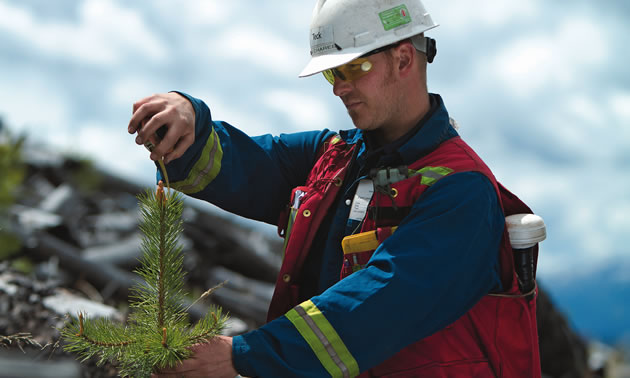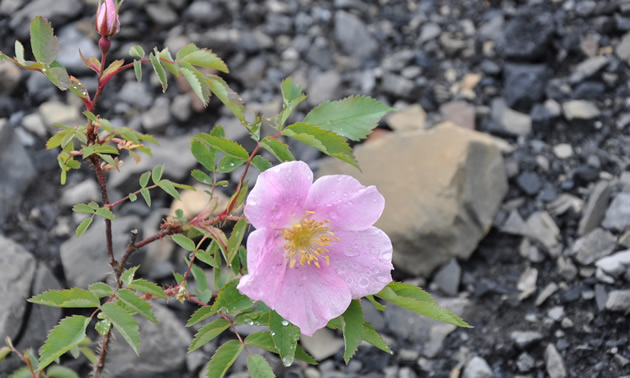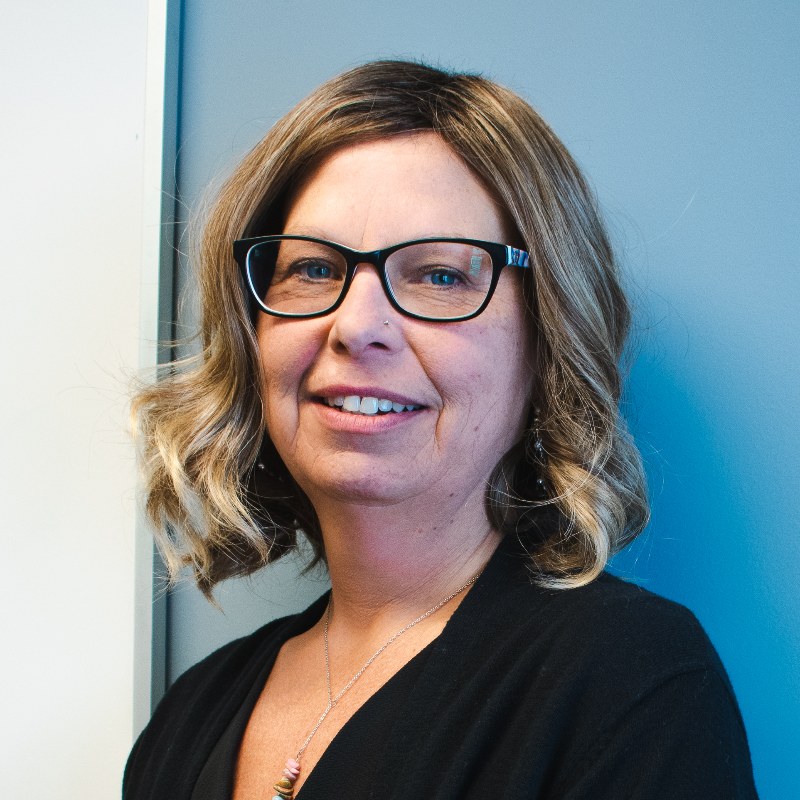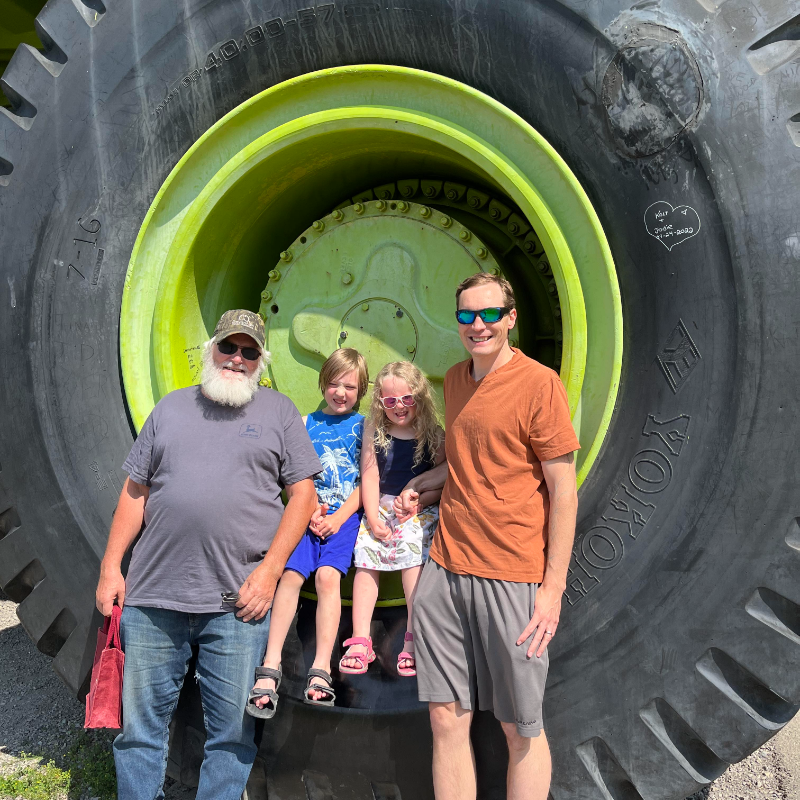Keeping it green at Greenhills
Dan Charest, environment officer at Greenhills Operations, describes his role in returning the land to a sustainable end state
What is your history with mining?
I spent three years in the military, then went to work as an environmental labourer at Greenhills, where I did everything from tree planting, hand-seeding and surveys to helping with the reclamation research. That job is where I caught the bug for working in the environment-related fields.
After three seasons of work at Greenhills, I attended a forestry school. When I finished my schooling, I returned to the Elk Valley to work for Tembec. In 2007 I returned to Greenhills (to work) as an environmental technician and then as an environmental officer.
My primary role is now planning and implementing the reclamation of disturbed areas by resloping the land and planting seedlings of native shrubs, herbs and trees to re-establish self-sustaining landscapes that improve the biodiversity of the area.
What does reclamation work involve at Greenhills?
Usually the reclamation season starts in July of the previous year when we plan reclamation activities that need to be completed.
At that point we contact our nursery contractor, Tipi Mountain Nurseries in St. Mary’s, to order the species, type and quantity of native seedlings that will be required for the following year’s reclamation areas.
The long-range reclamation plan also outlines the area that needs to be resloped, which involves contouring it to a prescribed slope.
We also have to design microsites within each reclamation area to prepare the area for planting.
The following June is when field activity begins, when we start resloping and preparing sites for planting, which normally occurs in the spring and again in the fall.
What work are you most proud of?
The Elk Valley operations have been conducting reclamation research for over 40 years and I have been fortunate to be involved in that program, which has resulted in a great deal of innovative work.
Last summer I found a native Nootka rose flowering in the Rosebowl reclamation area. We also had saskatoon (bushes) and black elderberries flowering and producing berries. That’s a great thing to see because plants don’t flower and produce berries when they are just surviving—it means they are thriving in these reclaimed areas.
What projects are you working on at the moment?
Since 2009, Greenhills has been carrying out reclamation research in a 30-hectare area called the Rosebowl, where we have planted native species in small, mounded microsites. This has allowed us to explore some innovative new techniques.
In 2012 we completed the first double-lift soil cover, where we transplant the top two layers of soil from a donor piece of land and relocate it to an area that is being reclaimed. By using both the top litter-fibre- humus (LFH) soil layer and the underlying mineral-soil layer, we create an environment that is closer to the native soil and so promotes better vegetation growth.
There are many deer and elk that live on the Greenhills property, so the entire Rosebowl area has been fenced to ensure ungulates do not disturb the research area. Seventy-five bluebird boxes were added to the fence posts to provide habitat and perches.
What do you most look forward to in your future at Greenhills?
We are currently exploring the possibility of reusing old logging slash piles that are left behind after an area is logged, and hauling this to reclamation research areas where we believe it will have benefits.
Small trial areas have been set up in the past (and these) have demonstrated positive results, so implementing this practice on a large scale is going to be very exciting.
How long have you lived in the Elk Valley?
I am the fourth generation in my family to work in the Elk Valley mines. In the 1890s my great-grandfather, William Rothel, came to the Elk Valley to work at the coal mines, and my grandparents grew up here. I was born and raised on the farm that my mother grew up on and my wife was also born and raised in the Elk Valley.
Our two children attend Frank J Mitchell Elementary School in Sparwood—where my grandmother, my mother, my wife and I all also attended school.







Comments